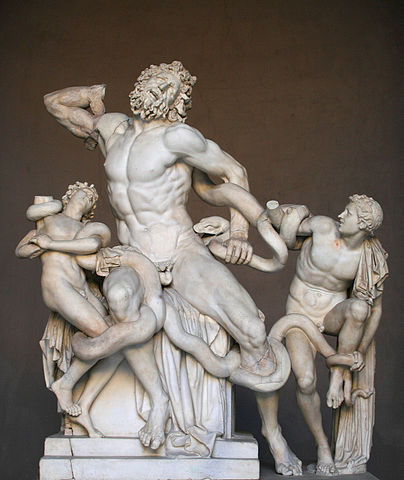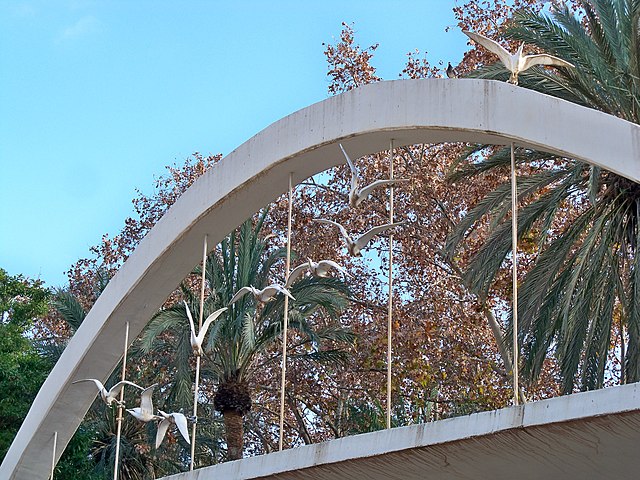Hm, I don’t see that change neither on ID you’ve quoted, nor near it, not in latest revision. The current revision seems to say:
A statue is a free-standing sculpture in which the realistic, full-length figures of persons or animals are carved or cast in a durable material such as wood, metal or stone
That “s” in “figures”, “persons”, “animals” denotes plural, and not singular. Also, many of the example pictures in that wikipedia article clearly show multiple persons and animals (e.g. “Hermes and the Infant Dionysus”, “Laocoön and his Sons”, “Moai of Easter Island”, “The Burghers of Calais”, " Marcus Aurelius" etc.)
But that is not even the point how the OSM wiki historically got its definition. What is important is that OSM wiki has been used as a reference in all that years since. So people and editors have been using it by that (plural) definition.
For example, StreetComplete memorial quest picture for “statue” does not show “single person/animal” but two of them, so practically anybody who solved that quest (at last several thousands of changesets last time I looked) were guided by that picture.
I don’t know even how to estimate. Maybe 20-30%? Perhaps more in older countries. Most statues that comes to mind here are persons on horses, or persons slaying dragons, or religious or historical events ones which are mostly multiple persons. Single persons are way more likely to be artwork_type=bust instead (over here).
Yes, but the point of proposal to change things should be to make things better, and not worse (even if damage done could’ve been much worse if even worse idea was implemented, it’s not an excuse to deliberately go damaging data with excuse “yeah, but I could’ve damaged it much worse, so it is OK”) 
Especially as there are several available alternatives (mentioned before, so I won’t copy, unless you can’t find them) that avoid that problem completely, and only improve by adding such details to the data. Some of them are even currently being used (by just adding extra details, instead of damaging existing data and making it more ambiguous)

